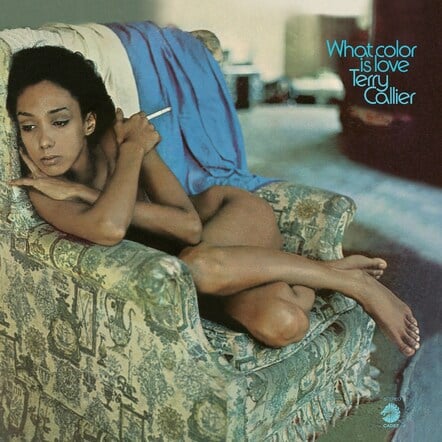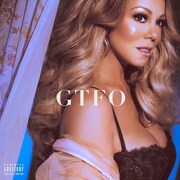New York, NY (Top40 Charts) Terry Callier's 1972 album, What
Color Is Love, is available on vinyl once again following nearly two decades of being out of print in the resurgent format. Released today via Verve/UMe, the album is on standard weight black vinyl and housed in a high-quality wrapped jacket. Produced and arranged by the legendary Charles Stepney, the revered album is a portal into Callier's socially conscious, musically kaleidoscopic blend of soul, jazz, funk, rock and classical. Order What
Color Is Love now: https://UMe.lnk.to/WhatColorIsLovePR
A childhood friend of Curtis Mayfield and Jerry Butler — the latter would go on to co-write a track on What
Color Is Love — Callier began as a relatively conventional folk singer, releasing an album for Prestige, The New Folk Sound of Terry Callier, in 1968. But it was increasingly clear that Callier was thinking beyond coffeehouses. A musical omnivore who couldn't shake his soul roots, he was commensurately inspired by classical music, sinewy
Chicago blues and the orthodoxy-breaking tenor work of John Coltrane.
Callier pivoted hard from his folkie days. By the 1970s, Callier was recording for Chess' jazz imprint, Cadet Records, mainly known for releasing albums from hard-bop giants like Kenny Burrell, Lou Donaldson and Ahmad Jamal. But the creatively restless Callier fit like a glove in this unconventional environment. The three albums he produced for the label — 1972's Occasional Rain and What
Color is Love and 1974's I Just Can't Help Myself — transcended genre descriptors to conjure a distinct sonic universe that was purely his.
While Rain, its predecessor, was often misty and diffused — a "blue" listen — What
Color Is Love has dynamic fire to its performances. This was even down to its provocative cover sleeve that carried strong undertones of racial and sexual disharmony. And the music follows suit. On key tracks like "Dancing Girl" and "You Goin' Miss Your Candyman," Callier displays a polyphonous, kitchen-sink version of
Chicago soul complete with sparkling string arrangements and driving rhythms.
Despite its ecstatic, genre-blending brilliance, What
Color Is Love would eventually fall into relative obscurity, as Callier retired as a singer in the 1980s to become a computer programmer. He eventually returned to the fold of the music business on the
Verve Forecast label in the late 1990s, when burgeoning interest in his work in London led to celebrated collaborations with Paul Weller,
Beth Orton and
Massive Attack. As he said to The New York Times of his triumphant return to the stage in 1998, "It was like a dream come true. A couple of times I had to stop the show because it was just too over the top emotionally for me to continue. People knew all the words to my songs."
Callier sadly passed away in 2012 at age 67 from cancer, but we all continue to know the words to those songs — especially What
Color Is Love, which stands among his finest work to this day.
WHAT COLOR IS LOVE TRACK LISTING:
SIDE A
1. Dancing Girl
2. What
Color Is Love
3. You Goin' Miss Your Candyman
SIDE B
1. Just As Long As We're In Love
2. Ho Tsing Mee (A Song of the Sun)
3. I'd Rather Be With You
4. You Don't Care
























